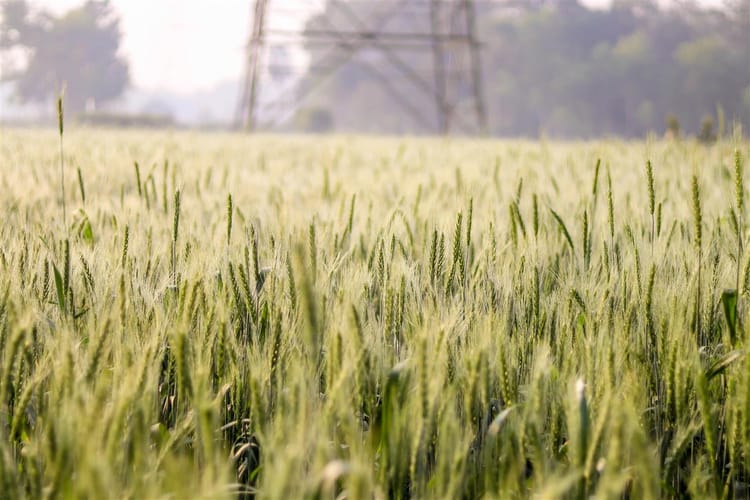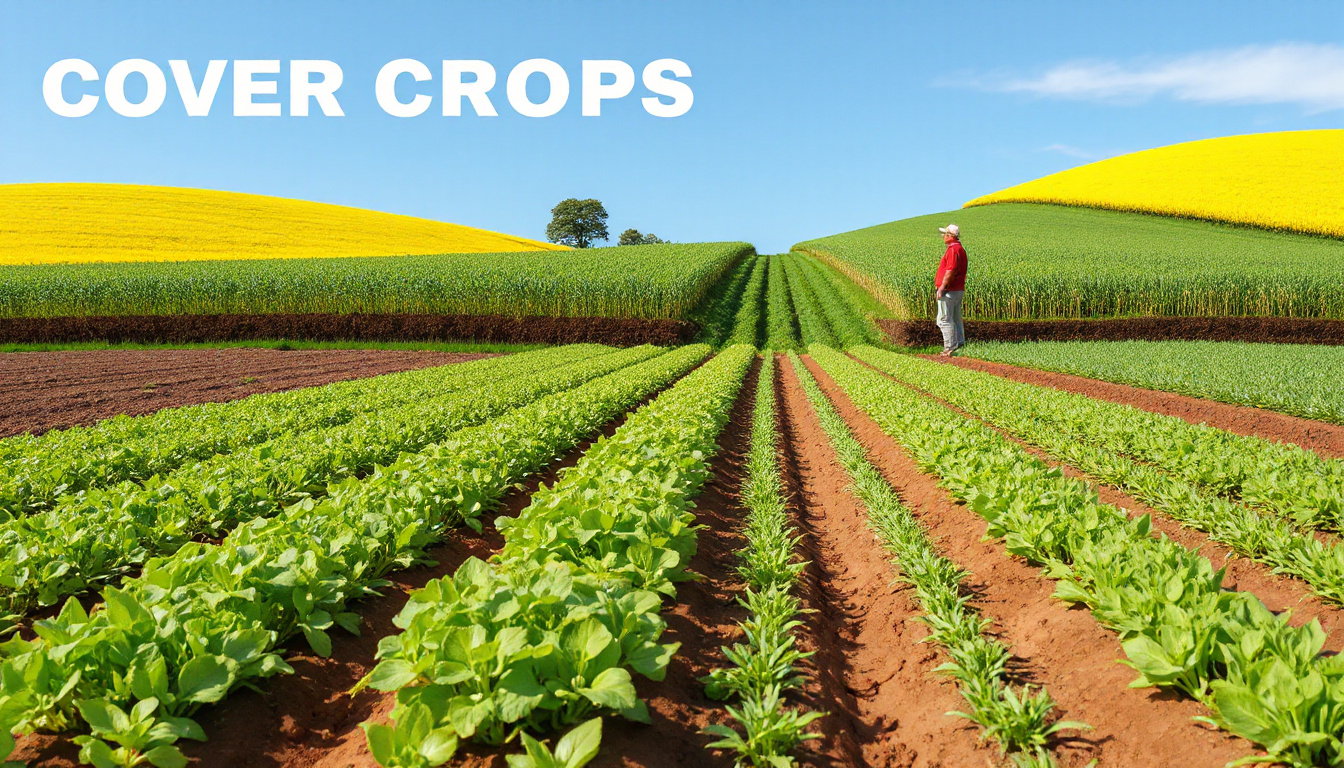Mastering the Art of Weed Control: How Cover Crops Can Transform Your Garden

Weeds have posed a persistent challenge to gardeners and farmers alike throughout history.
Traditional weed management methods, including crop rotation, cultivation, and the later introduction of chemical herbicides, have shaped the agricultural landscape.
However, as weed resistance to these chemicals continues to grow, there is an increasing need for alternative strategies that not only control weeds but also enhance soil health and biodiversity.
One powerful solution gaining traction is the use of cover crops.
The Evolution of Weed Management
Historically, managing weeds required significant time and labor. Farmers initially relied on manual weeding or tools to cultivate the soil, preventing weed growth. With the advent of agricultural biotechnology in the 1990s, the introduction of herbicide-tolerant crops revolutionized weed control.
Farmers could now spray herbicides without damaging their cash crops, simplifying the management process. However, this reliance on herbicides has led to unforeseen consequences. By 2021, a staggering 263 weed species had developed resistance to common herbicides, presenting a formidable challenge for farmers.
The Role of Cover Crops
Cover crops are an integral part of sustainable weed management. Unlike cash crops, which are grown for harvest, cover crops are sown to protect and enrich the soil. They provide multiple benefits, particularly in disrupting the lifecycle of weeds. Planting crops such as winter cereal rye allows for effective weed suppression from fall through spring.
These crops compete with weeds for essential resources like sunlight, water, and nutrients while also covering the soil to prevent bare earth that encourages weed germination.
When mentioned in the context of transforming gardens, cover crops become a pivotal component of integrated weed management strategies. As they grow, cover crops can be managed to either coexist with or be terminated just before planting cash crops, usually through careful timing of herbicide application or other methods, thus avoiding additional sprays while preparing the soil for the upcoming season.
Multiple Benefits of Cover Cropping
- Weed Suppression: Cover crops create a competitive environment that reduces the likelihood of weed germination and establishment. The biomass of cover crops can act as a physical barrier to sunlight, further inhibiting weed growth.
- Lower Herbicide Dependence: By incorporating cover crops, farmers less frequently resort to herbicides, which not only saves costs but also mitigates the selection pressure that leads to herbicide resistance.
- Improved Soil Health: The addition of organic matter from decomposing cover crops enhances soil structure, fertility, and moisture retention, contributing to better overall crop yields.
- Economic Savings: With reduced reliance on expensive herbicides and other agricultural inputs, farmers can save money while maintaining productivity in their operations.
- Environmental Impact: Transitioning from herbicide-heavy techniques to a more diverse planting strategy like cover cropping can lead to reduced chemical runoff and improved ecosystem health.
Conclusion
As the challenges posed by resistant weeds grow, the need for innovative solutions is vital for sustainable gardening and farming practices.
Cover crops represent a proactive strategy in the arsenal of weed management tactics. They foster a healthier, more resilient agricultural environment while reducing dependence on chemical inputs.
For gardeners looking to master weed control, integrating cover crops can indeed transform their growing practices— paving the way for healthier plants, bountiful harvests, and a more sustainable approach to land management.
Embracing this holistic method not only aids in weed control but nurtures the soil for generations to come.
We publish a quarterly magazine available in IOS, Android and Web reader. Stories and articles curated from amazing people all around the world.






